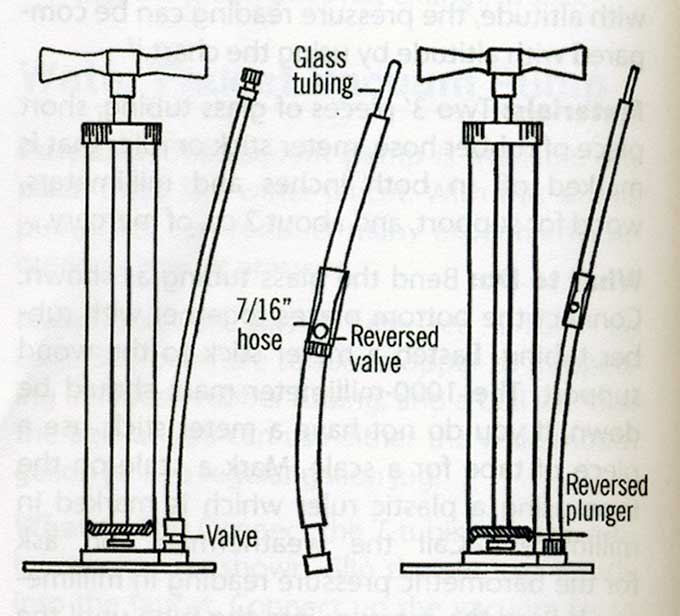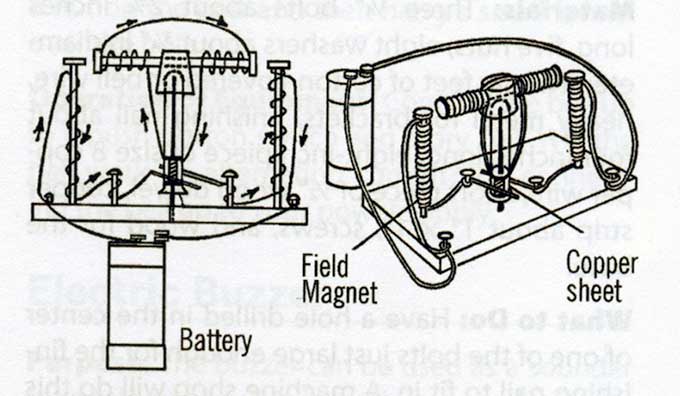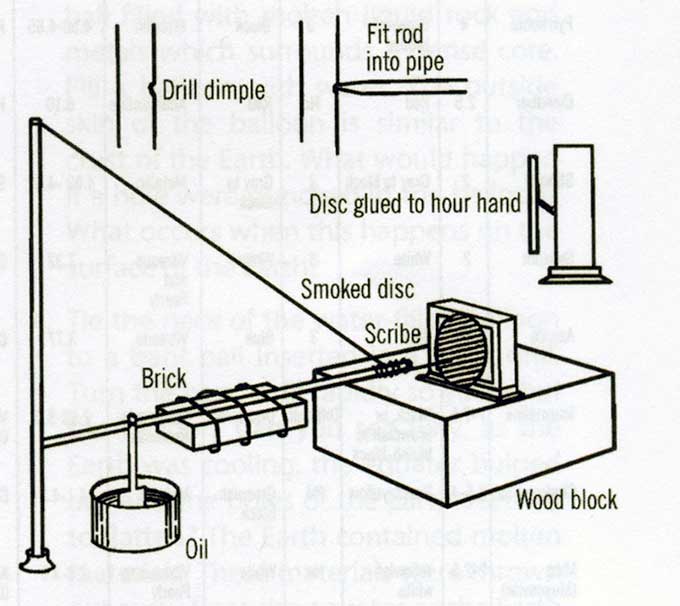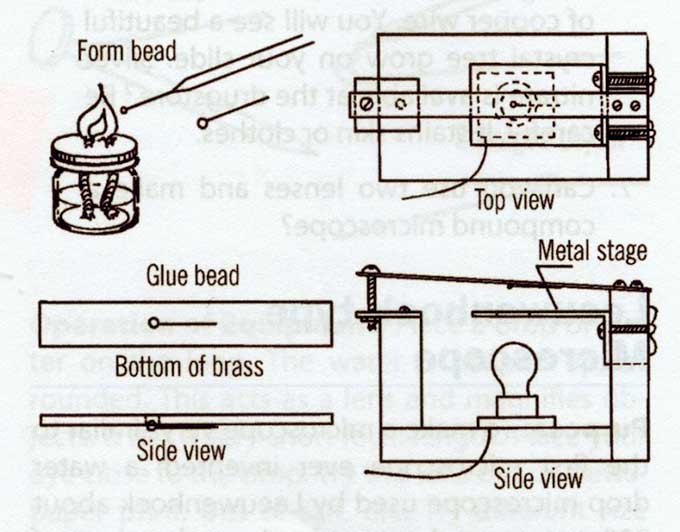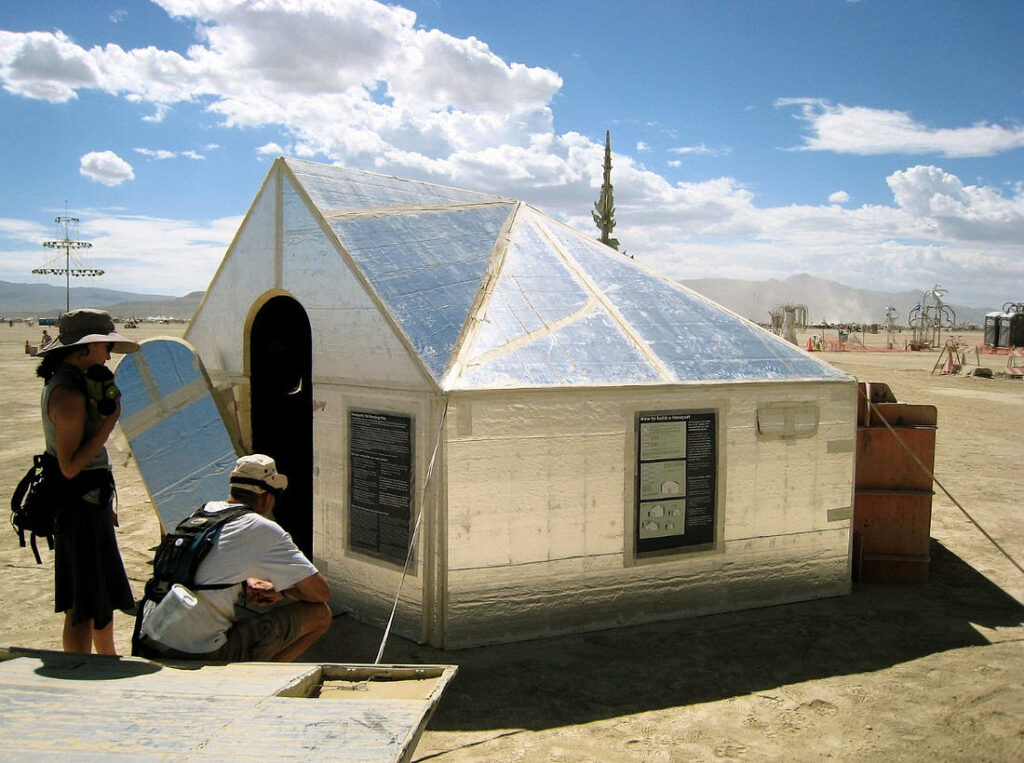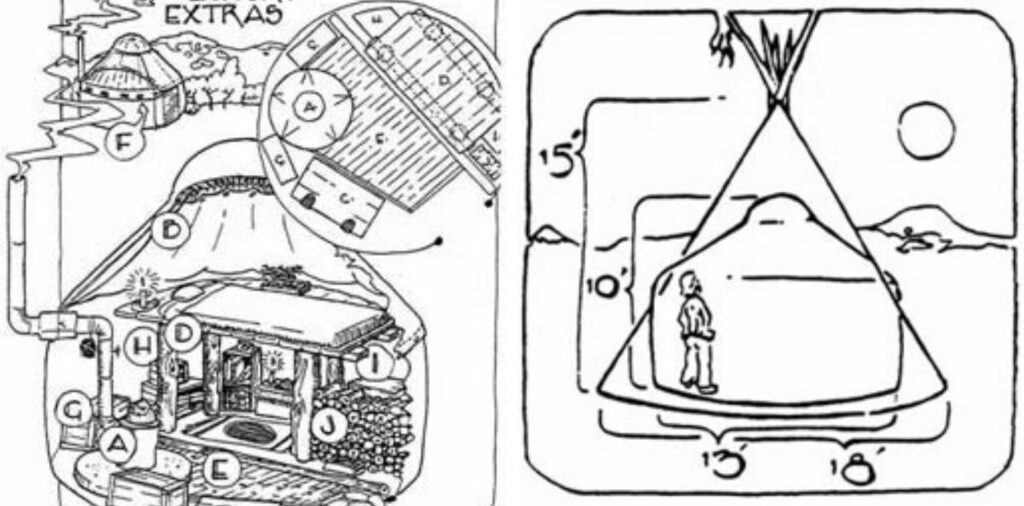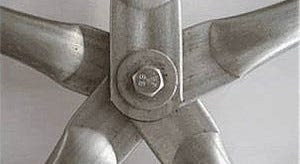The Annotated Build-it Yourself Science Laboratory
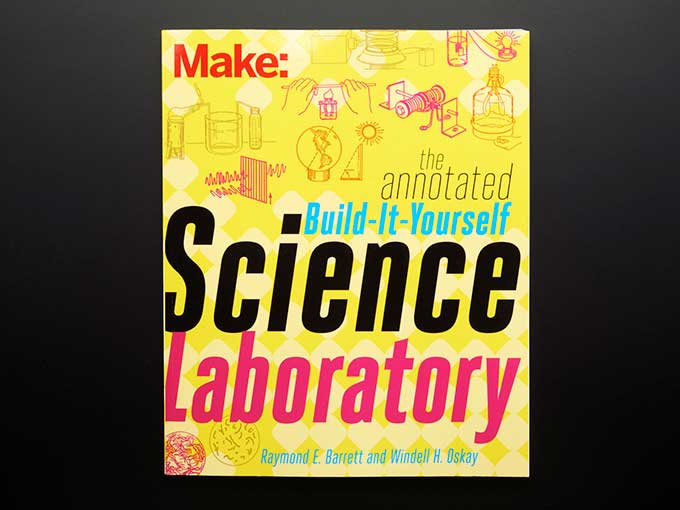
The Annotated Build-it Yourself Science Laboratory
Written in the 1960s as a guide for science teachers, this 50-year-old text has been re-issued in its original form, yet updated with current annotations for the outdated parts. It is primarily useful for teachers who want to set up a “research lab” as a way to teach science. Students build the simple equipment and the book offers hundreds of experiments to perform with the equipment. Since there are no right answers this is a powerful learning method. This kind of bootstrapping science education is perfect for science museums, teaching labs, camps, and incredibly self-motivated kids.
06/13/17Excerpt
Vacuum Pump
Purpose: The vacuum pump is used to withdraw air from vacuum jars and other containers in order to conduct various experiments concerning air pressure, altitude effects, and various biological research projects.
*
Test tube electric motor
Purpose: This type of motor was one of the earliest to be built. From this working model the junior scientist can discover the principles of an electric motor.
*
Seismograph
Purpose: seismograph is used to record shock waves from disturbances such as earthquakes. A modern use of seismographs is to detect nuclear and thermonuclear bomb tests. The seismograph operates on the principle of a stationary pendulum. A suspended pendulum remains motionless while the Earth moves beneath it. Since the recording drum is attached to the Earth, the drum moves back and forth and the record of the movement is inscribed by a pointer attached to the motionless pendulum.
*
Leeuwenhoek-type Microscope
Purpose: To make a microscope very similar to the first microscope ever invented: a water drop microscope used by Leeuwenhoek about 300 years ago. Leeuwenhoek used a drop of water for a lens. Your microscope will use a glass lens which will be superior. It will magnify up to 160 power.
The Annotated Build-it Yourself Science Laboratory
by Raymond E. Barrett and Windell H. Oskay
2015, 334 pages
International Amazon link

